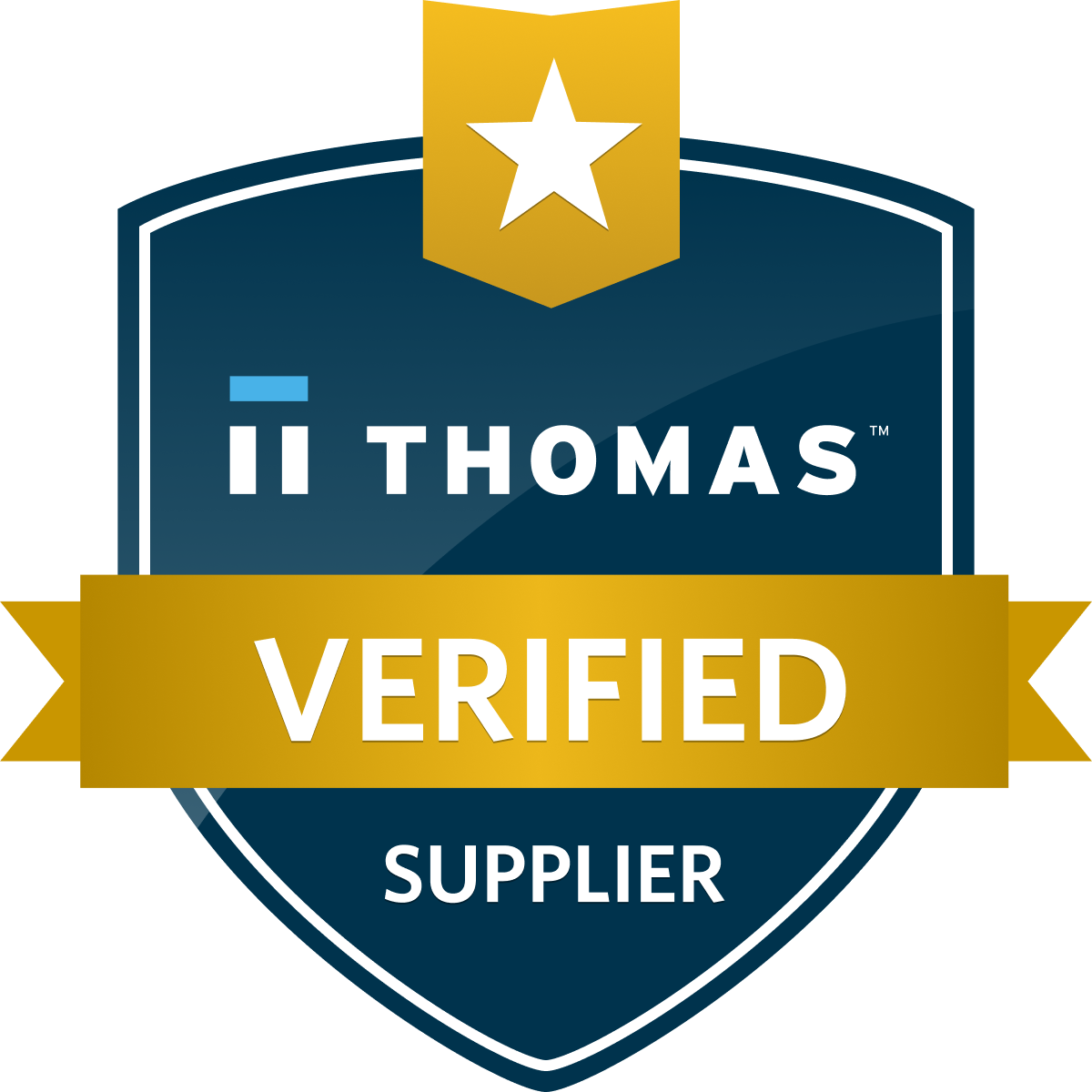Shrink wrapping is a versatile and widely used packaging technique that offers numerous advantages to businesses across various industries. This method involves the application of heat to a plastic film or material, which then shrinks tightly around the product being packaged. It provides a secure and visually appealing way to package goods.
The concept of shrink wrapping has a rich historical background, dating back to the mid-20th century when it was primarily used for bundling items. Over time, it has evolved into a sophisticated packaging method, finding applications in everything from food packaging to industrial products.
Importance of Packaging
Packaging is pivotal in how consumers perceive a product and its brand. It is often the first point of contact between a consumer and a product, making it a crucial aspect of marketing and branding strategies.
Packaging significantly influences a consumer’s decision-making process. Eye-catching designs, clear product information, and the tactile experience of handling a well-packaged item can positively impact consumer perception. A product’s packaging reflects the brand’s identity and values. Consistent, attractive packaging can enhance brand recognition and loyalty, making it an integral part of building and maintaining a strong brand image.
The Rise of Shrink Wrapping
In recent years, shrink wrapping has become a packaging solution due to its effectiveness and versatility. Shrink wrapping has emerged as a cost-effective and efficient packaging method for various industries, from packaging consumer goods to protecting industrial equipment during transportation.
Industries such as food and beverage, cosmetics, electronics, and pharmaceuticals have all embraced shrink wrapping as a reliable packaging solution. Its ability to provide tamper-evident seals and preserve product freshness has contributed to its widespread adoption.
Understanding Shrink Wrapping
To fully appreciate the benefits of shrink wrapping, it’s essential to understand the process and materials involved.
Shrink wrapping involves three primary steps: first, the product is enclosed in a plastic film or bag; second, heat is applied to the film, causing it to shrink and conform tightly to the product’s shape; finally, the excess film is trimmed, leaving a neatly wrapped package.
Shrink wrapping materials can vary, including polyolefin, PVC, and polyethylene films. The choice of material depends on factors such as the product’s characteristics and the desired level of protection. Each material has its unique properties, making it suitable for specific applications.
Advantages of Shrink Wrapping
Shrink wrapping offers a range of advantages that make it a preferred packaging choice for many businesses.
Enhanced Product Visibility
One of the key benefits of shrink wrapping is its transparency. It allows consumers to see the product inside clearly, creating a visual appeal that can boost sales. This feature is especially valuable for products where aesthetics and presentation matter.
Tamper-Proofing: Ensuring Product Integrity
Shrink wrapping provides an effective tamper-evident seal, assuring consumers of the product’s integrity. This security feature is crucial for industries where product safety and quality are paramount, such as pharmaceuticals and food.
Cost-Effectiveness in Large-Scale Production
Shrink wrapping is cost-effective, mainly when used in large-scale production. The simplicity of the process and the minimal materials required contribute to cost savings, making it an attractive choice for businesses looking to optimize their packaging costs.
Shrink Wrapping Techniques
Shrink wrapping techniques can be categorized into two primary methods, each with its own applications.
Heat shrink wrapping is the most common technique. It involves using heat to shrink the plastic film tightly around the product. This method suits a wide range of products and offers a secure and visually appealing result.
Cold shrink wrapping, as the name suggests, does not require heat for the shrinkage process. Instead, it relies on the elasticity of the film material to snugly fit around the product. This technique is often used for delicate or heat-sensitive items.
Realizing Economic Benefits
Utilizing shrink wrapping in your packaging strategy can bring significant economic advantages for your business.
Shrink wrapping can improve packaging efficiency by reducing the time and labor required compared to other packaging methods. Its automated processes and high-speed capabilities contribute to overall operational efficiency.
Shrink wrapping protects against external factors such as moisture, dust, and contaminants. This can significantly reduce product losses due to damage or spoilage during storage and transportation, ultimately saving your business money.
Shrink Wrapping in E-Commerce
In the rapidly evolving world of e-commerce, shrink wrapping offers several benefits and solutions for online retailers.
Shrink-wrapped products look professional and offer an added layer of protection during transit. This is crucial in e-commerce, where products may go through various handling stages before reaching the customer.
While shrink wrapping can enhance the e-commerce experience, it also presents challenges, such as finding eco-friendly materials. However, with advancements in sustainable packaging options, businesses can mitigate these concerns and continue to leverage the benefits of shrink wrapping in the ever-growing e-commerce sector.
Conclusion
Shrink wrapping stands out as a versatile and efficient packaging solution with a range of key benefits, including enhanced product visibility, tamper-proofing, and cost-effectiveness, particularly for large-scale production. Understanding its techniques, whether heat or cold shrink wrapping, empowers businesses to choose the most suitable approach for their products while realizing economic advantages such as efficiency gains and reduced product losses.
Furthermore, as we move forward, we must encourage sustainable packaging practices by exploring eco-friendly shrink wrapping materials and minimizing environmental impact. By combining the advantages of shrink wrapping with a commitment to sustainability, businesses can positively impact both their bottom line and the planet.







